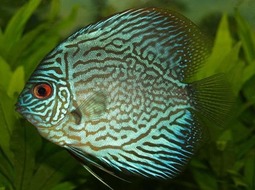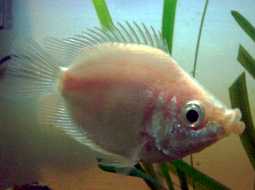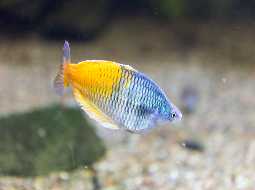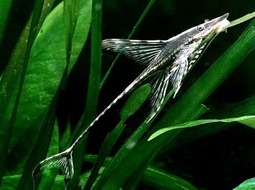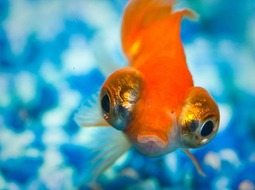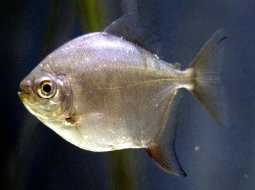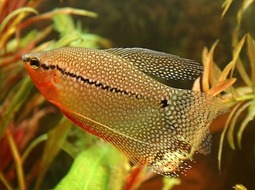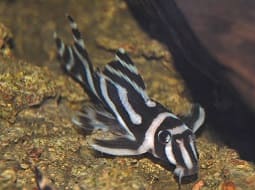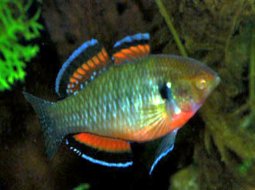
Loading Aqualapp ...
Care and Compatibility of Royal Pleco - Panaque nigrolineatus
Introduction
The Panaque Nigrolineatus (Panaque nigrolineatus), also known as Royal Pleco, is a species of catfish native to South America, specifically the Orinoco River and Magdalena River basins. It is characterized by its robust body and vibrant colors. It has a pattern of dark stripes and light spots on a dark background, giving it a striking appearance in the aquarium. It is appreciated for both its beauty and its function in aquarium maintenance. Its diet is primarily based on wood and vegetation, so it is important to provide them with driftwood and roots for feeding and tooth wear. In captivity, it requires a spacious aquarium with hiding places and good water quality.
Behavior
The Panaque Nigrolineatus is a territorial and peaceful fish. Although it may be somewhat shy at first, it becomes more confident over time and can display territorial behavior towards other fish of its species. It is an excellent algae eater as it primarily feeds on wood and vegetation. By scraping on logs and rocks, it helps to keep the aquarium clean of algae and promotes a healthy environment. It is important to provide them with driftwood and roots in the aquarium to satisfy their need to wear down their teeth. Overall, it is a peaceful fish and gets along well with other peaceful species in a community aquarium.
Sexual Dimorphism
Sexual dimorphism in Panaque nigrolineatus is minimal and difficult to distinguish. Both sexes have a similar appearance.
Reproduction
Breeding Panaque Nigrolineatus in captivity is challenging and has not been successfully achieved on many occasions. In the wild, they breed in caves and holes in tree trunks. Egg laying occurs in these caves, and the parents guard and protect the eggs until they hatch. In the aquarium, providing suitable driftwood and caves can stimulate breeding behavior, but optimal conditions and a compatible pair are necessary for success.
Aquarium Conditions
Panaque nigrolineatus, commonly known as the royal pleco or royal plecostomus, requires a spacious aquarium with rocks, driftwood, and hiding spots. It prefers soft to moderately hard water and a warm temperature. Aquarium décor should include large driftwood and flat stones for scraping. Maintaining water quality is crucial and providing a varied diet.
Feeding
The Panaque Nigrolineatus is a herbivorous fish that primarily feeds on wood and vegetation. In the aquarium, they can be offered high-quality driftwood and roots for them to scrape and wear down their teeth. Additionally, vegetable foods such as slices of zucchini, spinach, and algae in specialized tablets for herbivorous fish can be provided. It is important to provide a balanced diet that includes these vegetable elements and to ensure good water quality.
Complexity
Caring for Panaque nigrolineatus can be moderately challenging. They are peaceful fish but can be sensitive to stress and water conditions. They require a high-fiber diet, so it's important to provide them with hard wood to gnaw on and feed. It's recommended to keep them in groups of at least three individuals and provide a varied diet.
In case you need more help, or if you want to know into any topic related to the Panaque nigrolineatus (Royal Pleco) and even any other species you can use the forums to ask what you need.
To do an analysis more detailed about coexistence and behavior of Panaque nigrolineatus (Royal Pleco) use the Aquarium simulation tool, if you do this you can test different ways to combine the Royal Pleco with other fishes giving the dimensions and space on you aquarium, on this way you can known the optimal configuration for keep the fishes that you want.
You can also find out the 148 species compatible with the Panaque nigrolineatus (Royal Pleco) can live together.
Note: The parameters of the water such as PH and temperature are also used to calculate the compatibility of the species.
Compatible species (148)
Compatible (111 Species)
Compatible without any restriction
Similar Sizes (3 Species)
They can coexist if they are the same size or very similar sizes, it does not work in all cases, there may be exceptions.
With Reservation (7 Species)
Las especies territoriales por lo general pueden convivir con especies protegidas con coraza, ya que no pueden hacerles daño por su dura piel, lo que si hay que tener en cuenta es tener un acuario con dimensiones favorables para que cada pez pueda delimitar un territorio, ya que la mayoría de peces acorazados son también peces de fondo y les gusta estar buscando lugares donde ocultarse.
Considerable size difference (27 Species)
They can coexist while they are similar in size or the size difference is not very abysmal, since as the fish grows it increases the chances of eating its partner that did not grow much.
Royal Pleco
Panaque nigrolineatus
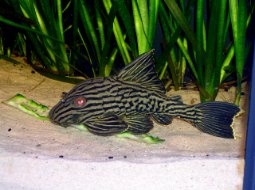
- Ph: 6.5 - 7.5
- Temperature (c°): 24 - 28
- Measures: 25 cm - 40cm
- Aquarium Capacity:
120 Liters - 32 Gallons - Alimentación: Herbivores
- Colores: Black, Brown
- Comportamiento: Likes to take refuge, Night, Peaceful, Territorial
- Morfología: Cuirass or Carapace, Thorns or pointed
- Preferencias del Acuario: Caves, Logs, Natural plants, Rocks, Sand
- Tamaño: Big, Small
- Taxonomía: Fish
- Tipo de Agua: Sweet water, Tropical waters
- Velocidad de nado o movimiento: Slow
- Zona de Nado: Aquarium background





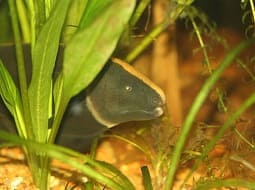

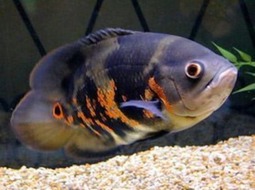






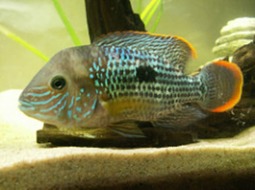

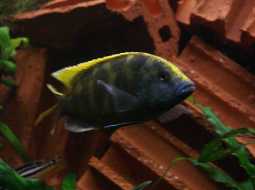
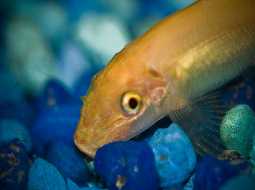
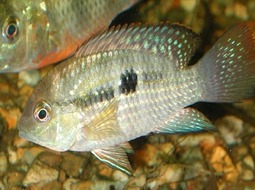
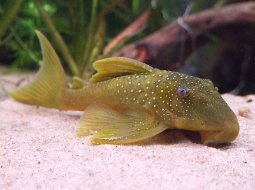
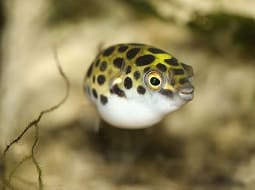


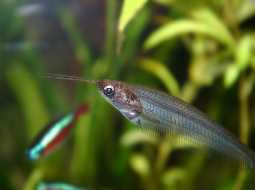




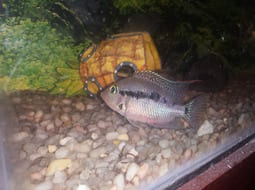

.jpg)

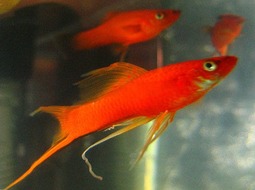

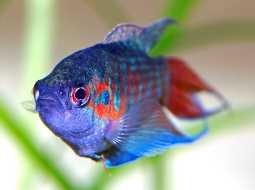






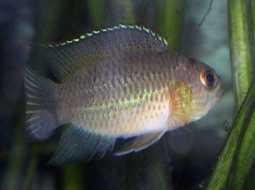


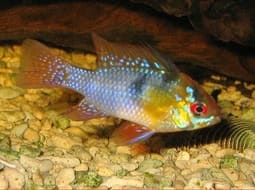
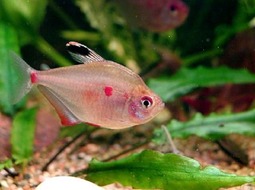
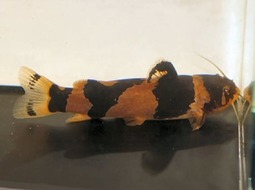



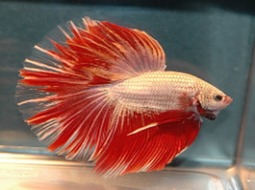
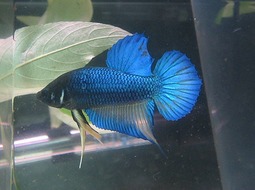


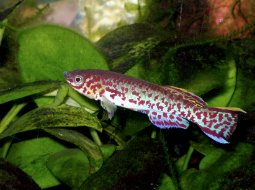

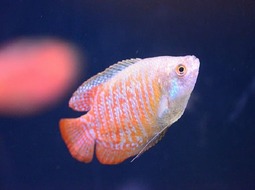

.jpg)
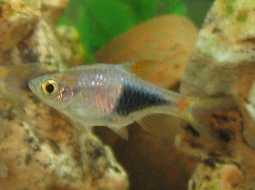
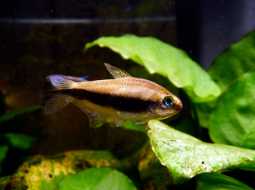
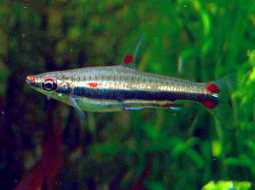

.jpg)
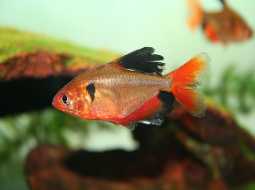
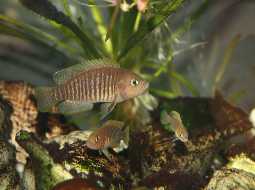

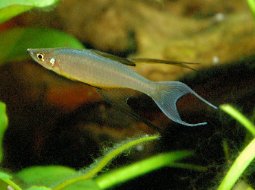

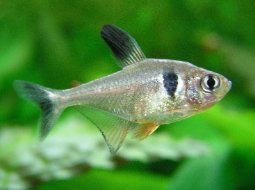

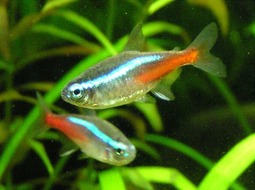


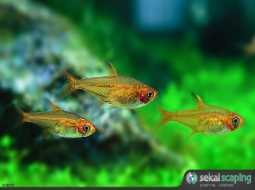
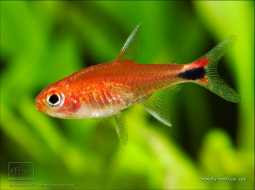

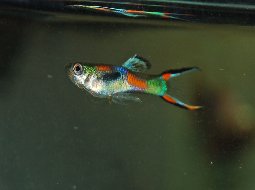
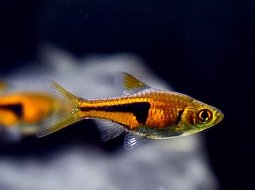


.jpg)

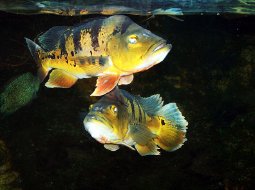
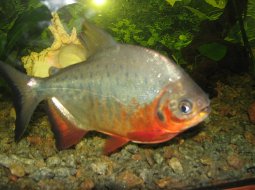

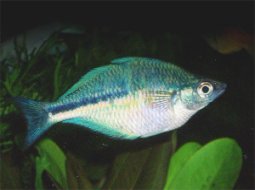





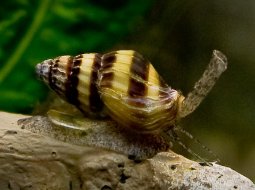



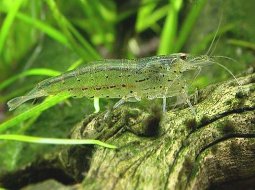
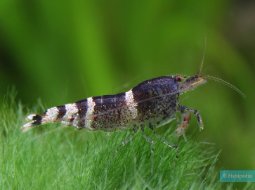
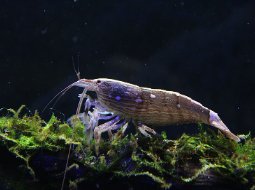




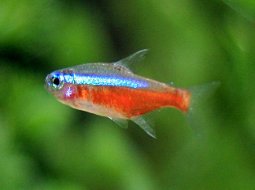
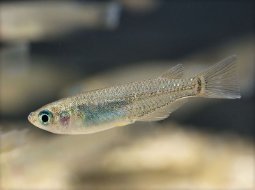

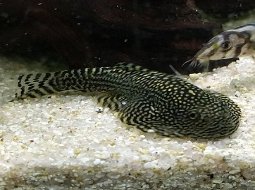
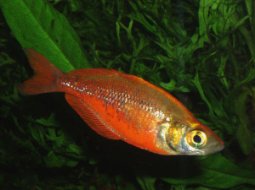


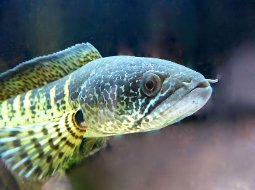
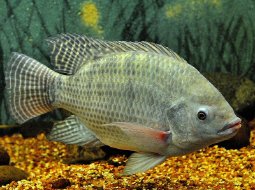
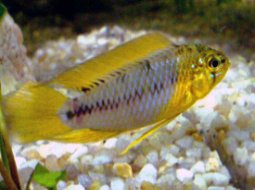






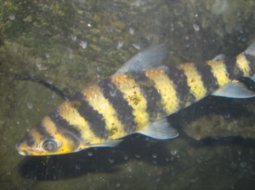




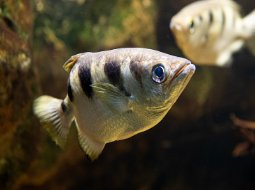

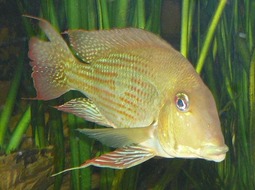
.jpg)
